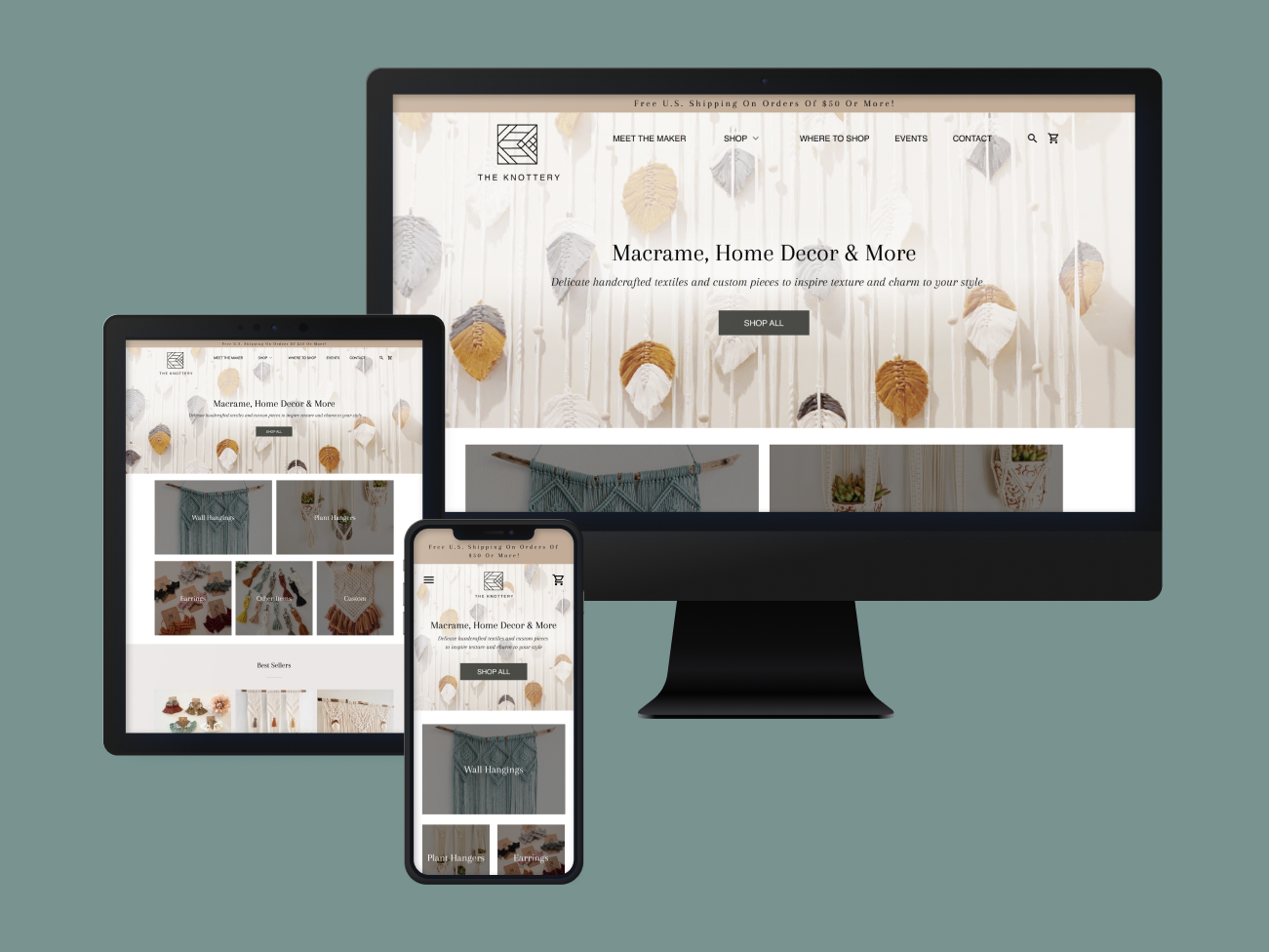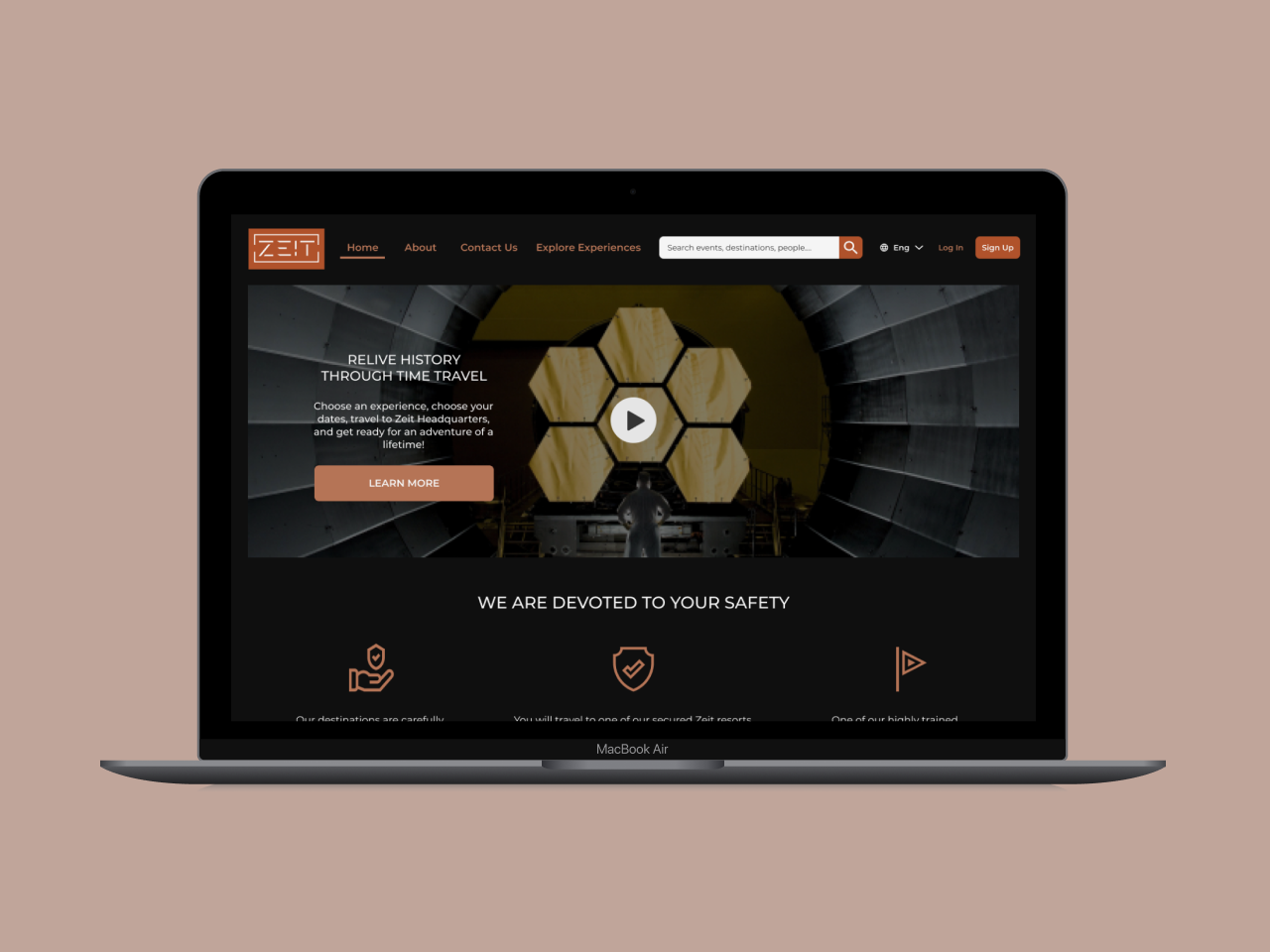PROJECT BACKGROUND
OpenTable has been dedicated to assisting restaurants of all sizes to flourish since 1998. They allow diners to discover and book the ideal table for any occasion. OpenTable's story revolves around human interaction. They cherish the amazing experiences that can take place around a restaurant table and are committed to enhancing that experience.
OBJECTIVE
Our main objective is to introduce a new feature that will enhance the OpenTable experience, making it easier for customers to decide where to dine or order takeout/delivery.
ROLE
User Research, UX/UI Design, Prototyping, Usability Testing
PROJECT DURATION
5 weeks
TOOLS
Figma, Lucidchart, Whimsical
I. Research
GOALS
• Delve deeper into the dining, takeout, and food delivery behaviors and trends.
• Learn about the competition to gain a better understanding of the market.
• GGain insights into customers' behavior when they use apps for making reservations, ordering takeout, and receiving food delivery.
PROCESS OVERVIEW
• Market Research
• Competitive Analysis
• Provisional Personas
• Interviews
MARKET RESEARCH
I conducted market research to uncover insights about dining, takeout, and food delivery trends and demographics.
COMPETITIVE ANALYSIS
I conducted a competitive analysis to identify gaps, strengths, and weaknesses and discover opportunities for OpenTable.
PROVISIONAL PERSONAS
I created provisional personas to make assumptions about users who may use the new feature.
INTERVIEWS
Number of Participants: 5
Ages: 26 - 38 years old
Average Spending on Dining Out Per Week: $30 - $60
Average Spending on Ordering Takeout/Delivery Per Week: $30 - $70
SUMMARY
• The primary objective of dining out or ordering takeout/delivery is to fulfill one's craving.
• When deciding where to dine out, the majority of participants heavily rely on Yelp and social media.
• People often rely on reviews, ratings, and pictures to make informed decisions.
• When it comes to reservations and takeout/delivery orders, participants prefer easy and convenient ways to use an application.
• Most participants expressed frustration with the slow accumulation of points needed to receive rewards.
II. Define
GOAL
Synthesize research to identify the fundamental issues.
PROCESS OVERVIEW
• Customer journey maps
• Persona
CUSTOMER JOURNEY MAPS
I created customer journey maps to visualize a customer's experience with dining out, ordering takeout, and delivery.
INSIGHTS
• When deciding where to dine out, factors such as Yelp reviews, ratings, social media, word of mouth, and pictures are taken into consideration.
• Excellent customer service is important for quick and efficient issue resolution according to participants.
• As a loyal and paying customer, people expect to receive great rewards and incentives.
• Simple and effortless process using an application.
• New takeout/delivery establishments are only explored once a month.
• Prefer restaurant suggestions that are similar to favorite restaurants.
• When dining out, participants are willing to spend more money at establishments that consistently offer good food, excellent service, and reasonable prices.
• When it comes to takeout or delivery, the primary objectives are convenience, accuracy, and quick service.
NEEDS
• Excellent customer service
• Convenient way to use an app when it comes to making a reservation or ordering takeout/delivery
• Overall great experience with food quality, customer service, and environment
• Good food at reasonable prices
• Little to no wait time
• Great food for your money
USER PERSONA
I created a persona named Amanda, which is based on customer journey maps and interview data.
III. Ideate
GOALS
Produce diagrams that clearly demonstrate the high-level process a user must follow to utilize the new feature.
PROCESS OVERVIEW
• Task Flow
• User Flow
TASK FLOW
I created a simple task flow to analyze user interaction with OpenTable when booking a reservation with the new feature.
USER FLOW
I created a user flow based on my task flow chart to help me understand the user's decision points when booking a reservation on OpenTable's new feature.
IV. Design
GOAL
Propose a new feature for OpenTable that strictly conforms to its established design patterns.
PROCESS OVERVIEW
• Sketches
• Wireframes
SKETCHES
I began the design process by creating low-fidelity wireframes for the home screen and outlining how the user would initiate the new feature.
HIGH-FIDELITY WIREFRAMES
I created high-fidelity wireframes for OpenTable's new feature, following their existing design patterns and user flow.
MOBILE PROTOTYPE
I created high-fidelity wireframes for OpenTable's new feature, following their existing design patterns and user flow.
Test the prototype by:
• Follow the steps to get started with the new feature
• Select the following preferences:
• Favorite cuisines - seafood, italian, contemporary, and steakhouse.
• Preferred Ratings - overall is 4 stars, food is 4 stars, service is 5 stars, ambience is 4 stars, and value is 4 stars.
• Preferred Price Point - $$$
• Preferred Proximity - 10 -20 miles
• View "recommended for you" and select the steakhouse option
VI. Test
GOALS
• Review and evaluate the interactions that users have with the newly added feature.
• Identify any pain points and/or frustrations.
• Test the navigation, flow, and design of the new feature.
PROCESS OVERVIEW
• Usability Test
• Affinity Map
• Revisions
USABILITY TESTING
I had four participants test the mobile high-fidelity prototype to evaluate its usability in terms of navigation, flow, information architecture, and design. I remotely observed and analyzed the users' interactions through video calls, recordings, and notes.
OBJECTIVES
• Test the new feature for quality and ease of use when navigating through the OpenTable app.
• Ensure the new feature includes concise and comprehensive instructions to enable users to understand and utilize it effectively.
• Verify if users can test the new feature by editing their preferences and navigating through the app.
USER TASKS
• How to get started with the new feature
• Complete and save the "your personalized experience" form
• View recommendations and select the steakhouse option
• Choose a nearby Italian restaurant for takeout/delivery that's within 3 miles of your location
Test if the user can edit their preferences and navigate through the app to test the new feature.
AFFINITY MAP
I created an affinity map based on the usability test to evaluate the users' thoughts and behaviors. I organized my insights based on positive comments and suggestions, which will help me determine potential solutions and next steps.
REVISIONS
Upon receiving feedback, I identified high-priority adjustments consistent with OpenTable's design patterns and implemented them into the wireframes.
DESKTOP PROTOTYPE
After receiving feedback from the mobile usability test, I created a desktop prototype that replicates the navigation and functionality of the new feature.
Test the prototype by:
• Following the steps to get started with the new feature
• Select the following preferences:
• Favorite cuisines - seafood, italian, contemporary, and steakhouse.
• Preferred Ratings - Overall is 4 stars, food is 4 stars, service is 5 stars, ambience is 4 stars, and value is 4 stars.
• Preferred Price Point - $$$
• Preferred Proximity - 10 -20 miles
• View "recommended for you" and select "view all"
Conclusion
REFLECTION
The main objective of this project is to add a new feature to simplify the customer's decision-making process for dining out or ordering takeout/delivery. To achieve this goal, I have designed and executed a simple approach that is consistent with OpenTable's design pattern.
During the usability test, I realized that synthesizing the data can be overwhelming and may affect the decision-making process for making high-priority revisions. However, I also learned that there is an existing design system and patterns in place that I should consider. Although I cannot control certain feedback, it is essential to understand the user's perspective.
NEXT STEPS
• To identify further enhancements, conduct additional usability tests on both the mobile and desktop designs.
• Perform additional usability tests on the new feature and provide the designs to the development team for implementation




